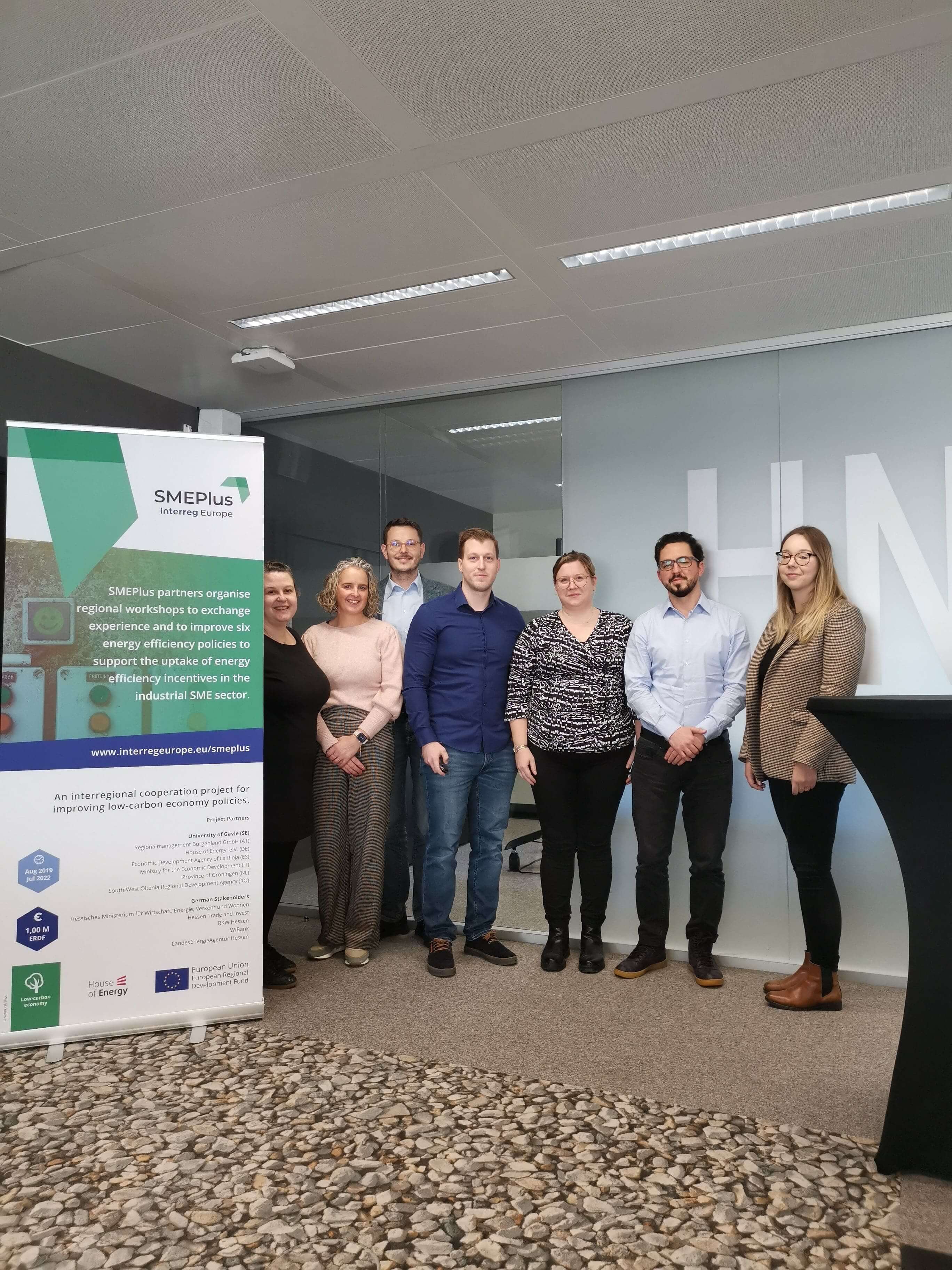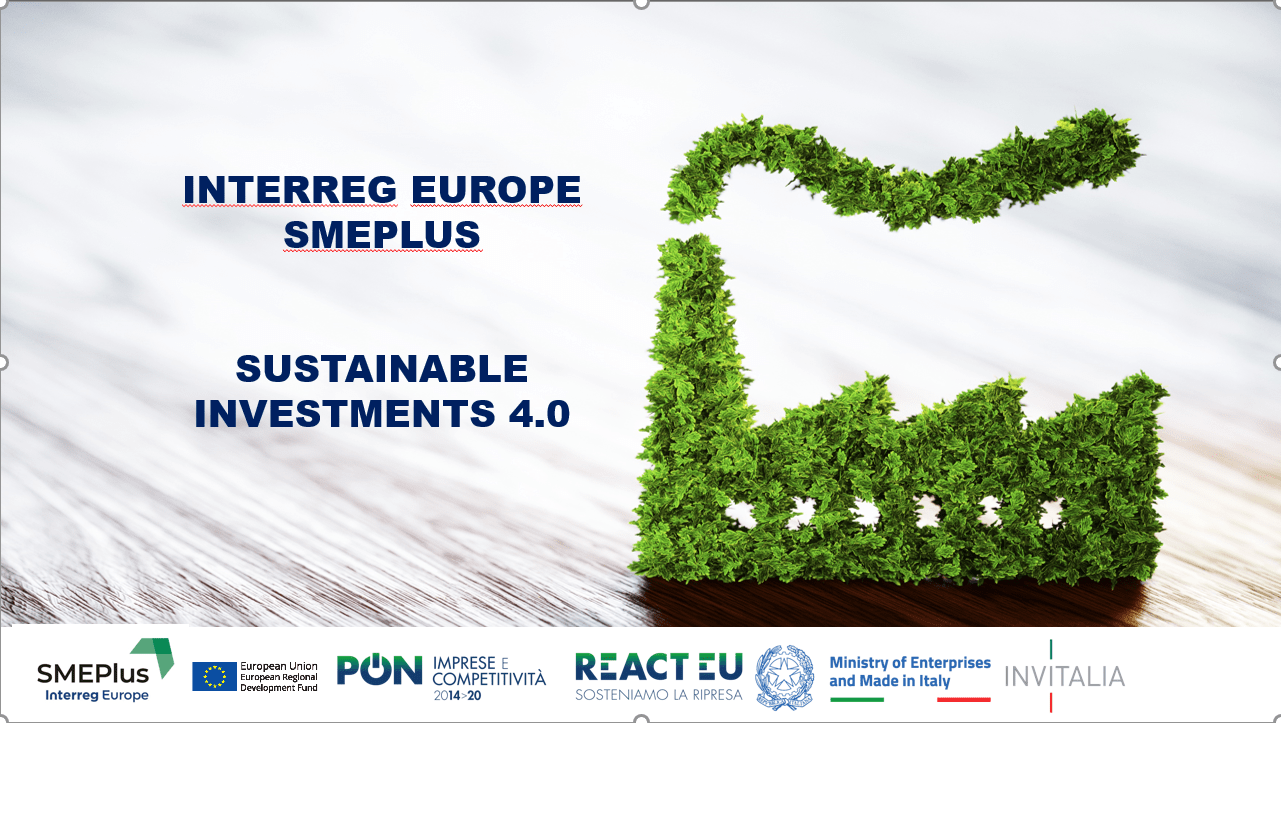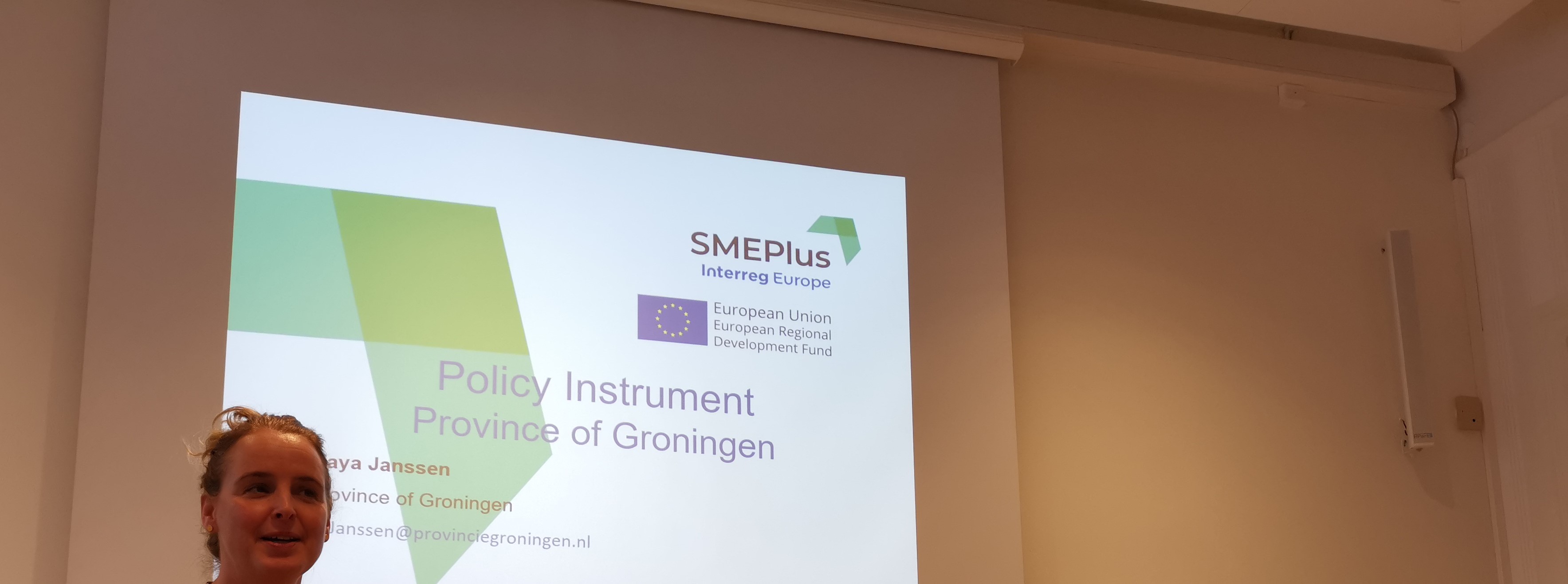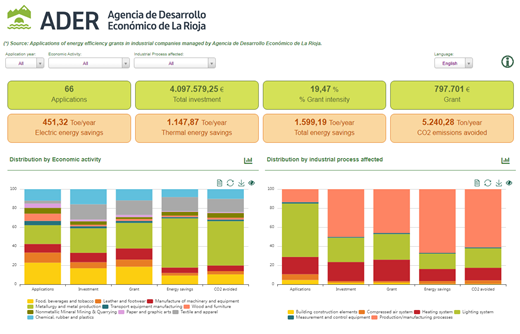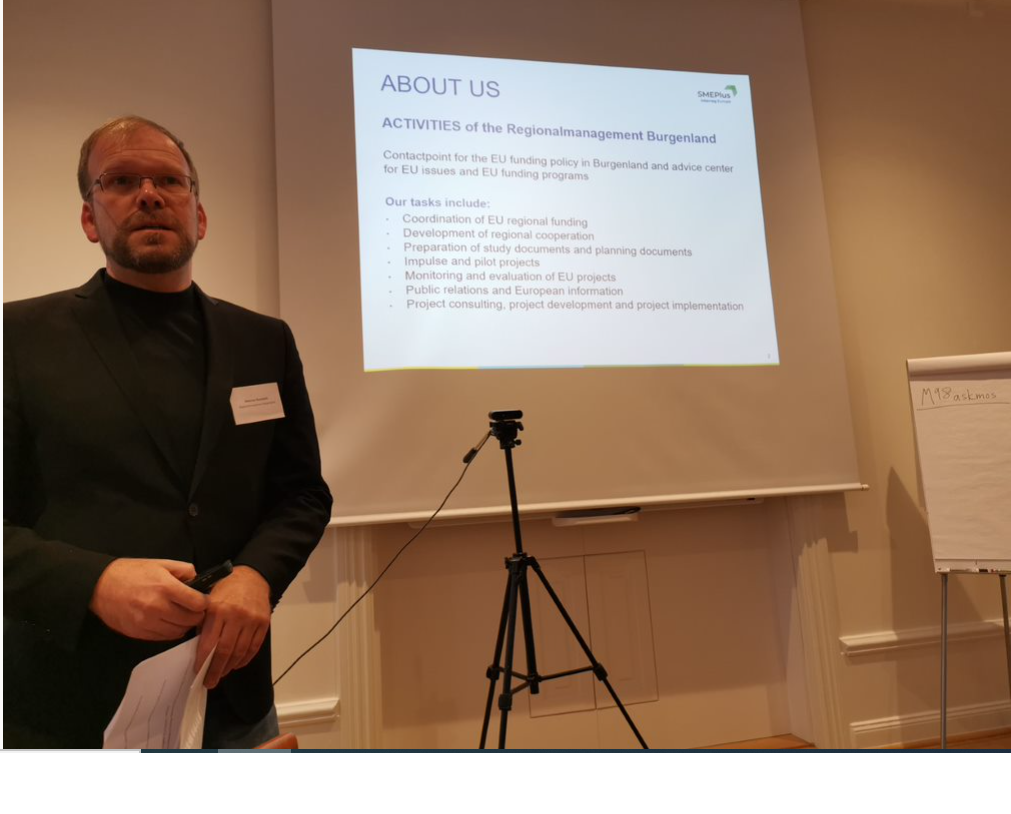| Interview with Professor Massimo Beccarello, Deputy Director for Industrial, Energy and Enviromental Policies of Confindustria (Association of Italian Industries) | |
SMEPlus: Why is energy saving important for industrial SMEs?
Professor Massimo Beccarello: For the industrial world, energy saving is not only an option of cost containment, but also a great opportunity for improving a company's security, internal organization and production autonomy.
When we talk about energy saving, reference is made to a series of planning, planning, design & marketing actions which, for the same services offered, allow less energy to be consumed. Therefore, costs and needs are reduced, keeping the production constant.
SMEPlus: What are the benefits of energy saving, apart from reduced energy costs?
Prof. Beccarello: The new European decarbonisation targets make it even more challenging to achieve emission reduction targets through, above all, the efficiency of production processes that reduce energy consumption.
National proposals to achieve these objectives are of fundamental strategic importance for our country as they complement energy policy, climate policy and policy for sustainable industrial development.
As mentioned, in fact energy efficiency for an SME is not only a way to save energy, but has become a central element of the company's investment choices. Energy efficiency projects are increasingly a primary choice of the company that guarantees a safer and more efficient production system. Not only that. An efficiency of production and savings on the energy used have a positive impact on society as a whole, which benefits from the reduction of emissions associated with lower energy consumption.
In recent years, awareness of the importance of green turning has increased and more and more companies are embarking on a path towards a new vision of production, combining economic aspects with those of environmental sustainability.
SMEPlus: Does energy efficiency have an impact on the public image of an industrial SME?
Prof. Beccarello: There is no doubt that within a context, where consumer awareness of the environment is increasing and where individual choices are increasingly directed towards a green behavioural change, an SME that pays great attention to the need to generate and use energy, in a conscious way, pursuing the protection of the climate, the environment and the territory as well as the protection of people's health, will have a positive response from a reputational point of view and certainly an more quid in its products.
SMEPlus: What are the most important incentives for SMEs to invest in the energy efficiency measures?
Prof. Beccarello: Italian companies have several opportunities to access incentives for energy efficiency interventions. However, the framework of benefits is fragmented, divided between state and regional interventions, often bound by the prohibition of cumulation with other incentive instruments. The main incentive tools are:
- White Certificates: they represent a unique tool for the realization of efficiency interventions especially in industry. It is estimated that the final energy savings generated by new projects carried out from 1 January 2021 will continue to generate benefits until at least 31 December 2030, quantifying them at around 15.02 Mtoe of final energy in cumulative value.
- Thermal account: in order to promote energy efficiency interventions in the tertiary sector and maximise results, it is intended to specialize the thermal account mechanism for energy redevelopment and for building recovery in the non-residential sector, both public and private. There is an extremely positive trend for the mechanism. The results obtained from the activation of the instrument to date allow to make an estimate of the savings potential of the mechanism in the years to come and until 2030 equal to about 3.85 Mtoe of final energy in cumulative value.
- National Fund for Energy Efficiency: in order to increase the Fund's capacity to promote energy efficiency interventions, the financial envelope available today will be increased, favouring the payment of energy efficiency resources managed by central and local administrations (Structural Funds, European Investment Funds) and orienting the mechanism towards the promotion of interventions in the civil sector (both residential and tertiary) and transport. The additional annual savings, due to new interventions, are estimated on the basis of the mix of interventions provided for by the Fund and on the resources that the standard makes available, equal to about 2.75 Mtoe of final energy in cumulative value.
It is also possible to access regional calls, in many cases activated through synergies with European Structural Funds.



